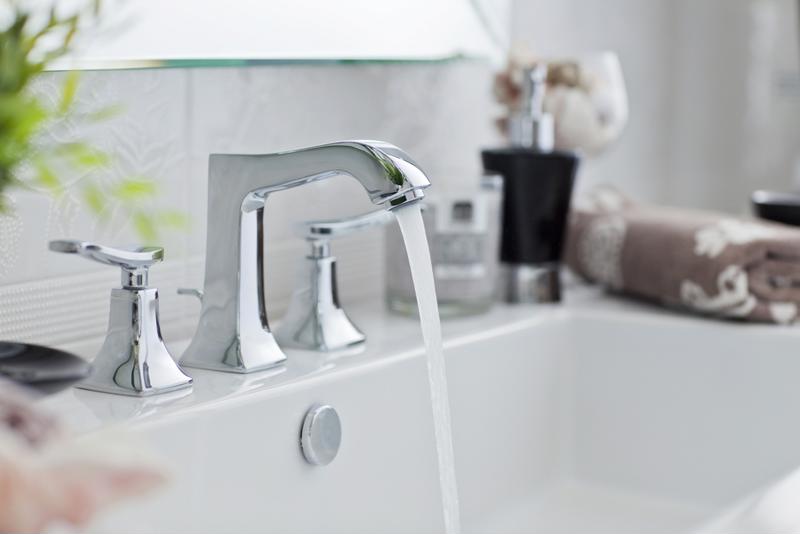Add a point-of-use tankless heater to deal with new efficiency standards
The government gets a lot of grief for pushing regulations onto homeowners. While the new efficiency standards for storage water heaters may seem like they'll save you money by reducing the wasted energy from your home's water use, these newly mandated restrictions on insulation and energy efficiency could cause you more trouble than you might think.
By April 2015, all newly purchased storage water heaters will have to comply with stricter energy regulations. Instead of new technology or special fuel, manufacturers will simply add more insulation to the tank. If they add it to the outside, this will increase the overall size of the unit. If the insulation is built in internally, then the capacity of your heater is reduced.
But what if there was a way you could keep the amount of hot water your home currently gets without having to buy a new, smaller heater? Fortunately, adding a point-of-use heater in line with your old tank can boost your home's energy efficiency without the hassle.

How does it work?
Point-of-use tankless heaters function like their whole-house counterparts, except they usually come in more discreet packages. Their small size allows homeowners to slot them inside closets and under sinks for an unobtrusive way to boost hot water output.
"Adding a point-of-use unit in line with your old tank heater is a perfect fusion of both worlds."
Most homeowners use point-of-use tankless heaters to provide extra warm water to areas of the house that see a lot of use – showers and washing machines – or those that are far away from the original energy source – second-floor rooms or separated buildings. However, new efficiency standards that reduce the size of tanks and the overall amount of water for your home are the perfect complement to point-of-use tankless heaters.
Green Building Advisor explained that adding a point-of-use unit in line with your old tank heater is a perfect fusion of both worlds. Tankless heater use supercharged heating elements to raise room temperature or cooler water to your desired level. Feeding these units with preheated water from a storage-type unit lessens the workload on tankless heaters. Also, when your smaller tank runs out of preheated water, your tankless unit can take over until it has a chance to refill and reheat.
New efficiency standards for residential water heaters may seem confusing to many homeowners, but you can make the best of a bad situation by adding a point-of-use tankless heater to your home.
